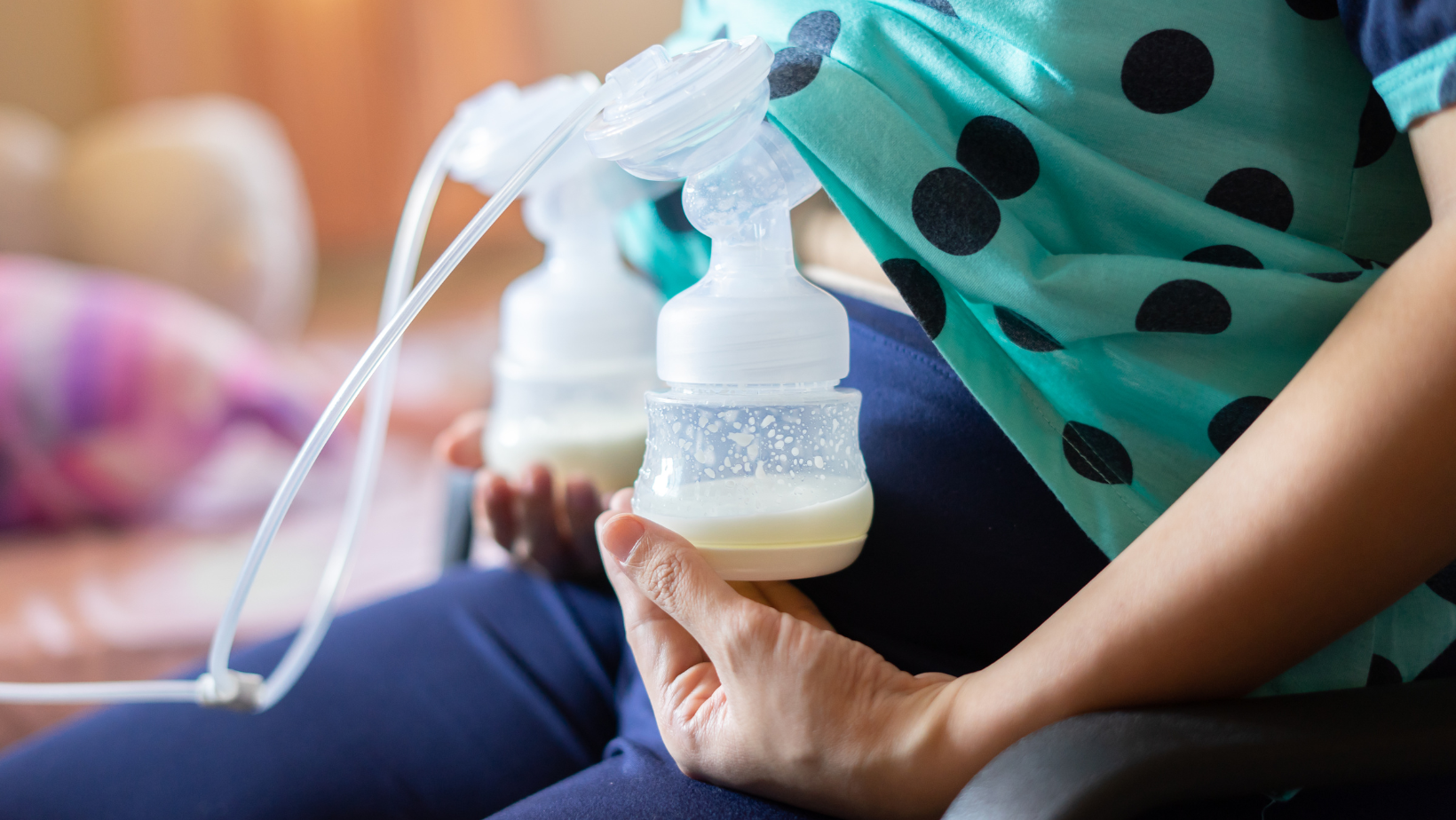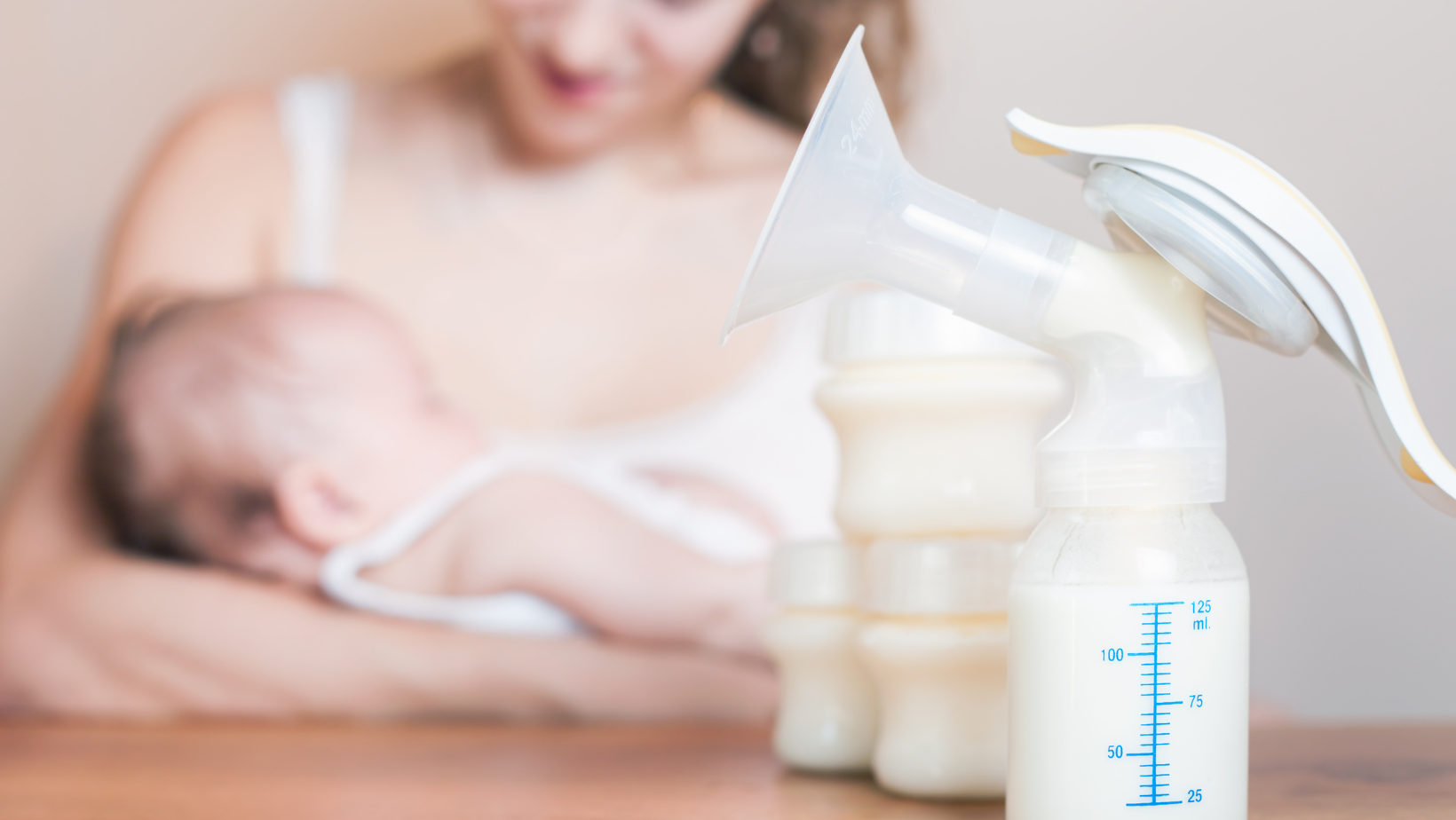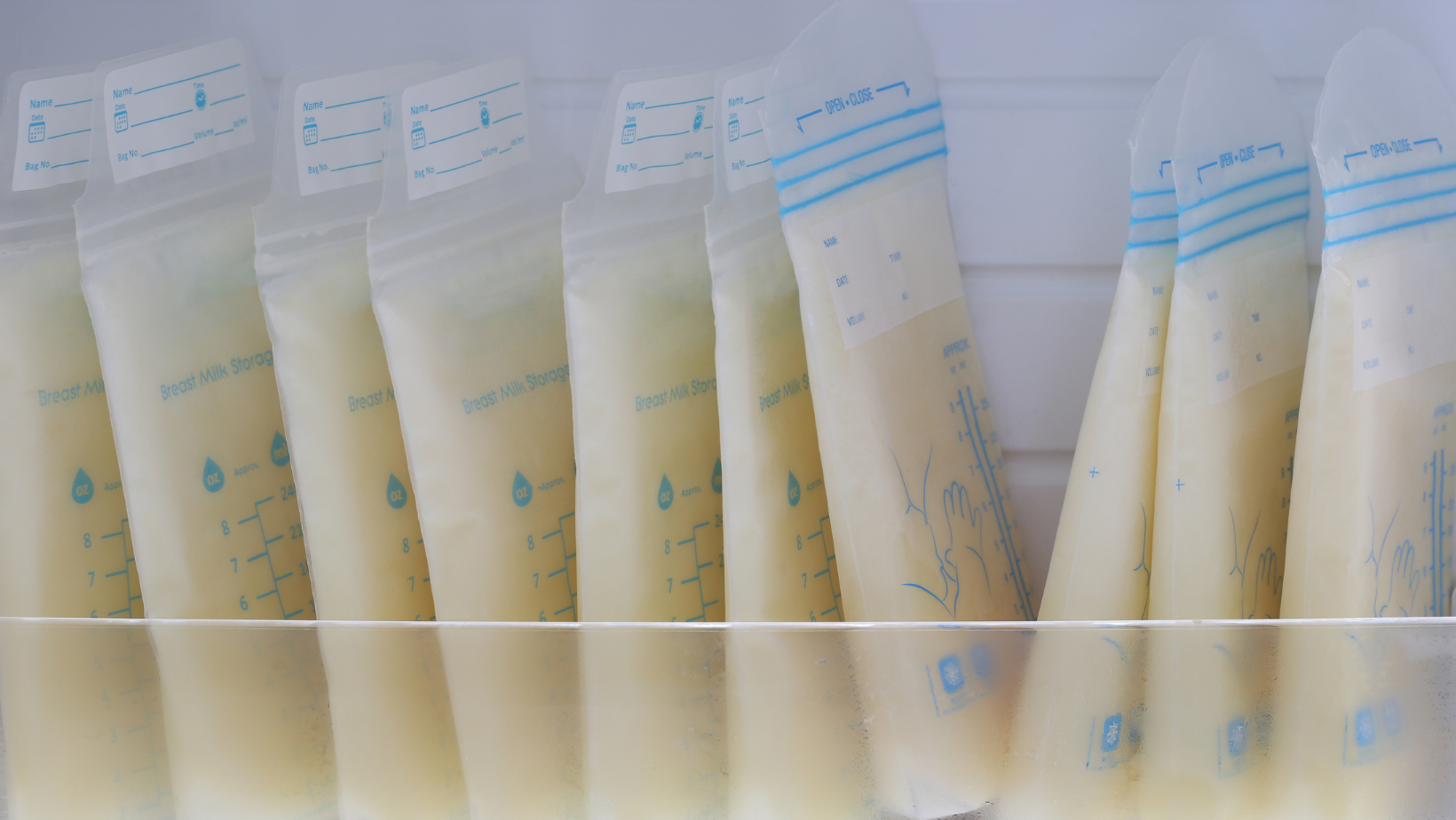Super Pumping
Super pumping, also known as cluster pumping or power pumping, is a technique designed to simulate the feeding pattern of a growth spurt.

What Is Super Pumping, aka Power Pumping?
Babies experiencing a growth spurt tend to feed more frequently and for longer durations. Super pumping aims to stimulate increased milk production in lactating mothers by replicating these cluster feedings. The underlying principle is that the more milk is removed from the breasts, the higher the release of prolactin, the hormone responsible for stimulating milk production.
Advocating Breastfeeding as a Priority
Breastfeeding should always be prioritized whenever possible. Super pumping should complement rather than replace breastfeeding. Incorporating it into your routine is meant to increase your existing efforts to improve milk supply.

The Tushbaby Hip Carrier
With its ergonomic design and comfortable waistband, Tushbaby provides optimal support for you and your baby. Say goodbye to shoulder and back pain from traditional carriers, as Tushbaby evenly distributes your baby's weight, relieving strain and promoting better posture.
Effectiveness of Super Pumping
When done consistently and effectively, it can help boost milk production over time. While some mothers may see improvements by adding only a few pumping sessions, others might find that super pumping yields better results.
An increased pumping schedule can also help clear clogged ducts, enhancing overall breast health.
Super pumping can be time-consuming as it necessitates frequent pumping sessions within a short time frame. It can be physically taxing, requiring considerable effort.
Mothers with underlying hormonal or medical issues related to milk supply may still face challenges in producing more milk.

How to Implement Super Pumping
Establish a specific time each day to stick to the super pumping plan for optimal results. Mornings are often the best choice, as breast milk supply tends to be higher during these hours. Pump immediately after a breastfeeding session.
Double-Action SP Schedule:
Pump for 20 minutes, then take a 10-minute break. Afterward, pump for 10 minutes, followed by another 10-minute break. Finally, pump for the last 10 minutes. It's normal if you observe no more milk coming out during the final few minutes; keep pumping. In total, this routine involves 40 minutes of pumping within an hour.
Single Pump Schedule:
Pump for 10 minutes on the right breast, then switch to the left breast for 10 minutes. Repeat this pattern for both breasts, alternating every 10 minutes. Continue this cycle for a total of 60 minutes, ensuring each breast receives equal pumping time.
Results may become noticeable within 48 hours for some women. While three days may suffice for some, others might need to continue super pumping for a week before seeing a noticeable increase in milk production.
Factors Affecting Pumping Output
A typical pumping output for breastfeeding mothers falls between ½ to 2 ounces per pumping session (15 - 60ml). In most cases, mothers need to pump three times to acquire enough milk for a single feeding.
Factors That May Influence Pumping Output:
- Pumping output may be unpredictable during the first three weeks after childbirth as your body adjusts milk production to meet your baby's needs.
- Also, pumping output fluctuates daily and hourly, so occasional variations are considered normal.
- Menstruation or ovulation can cause a temporary drop in milk production.
- Hormonal birth control may affect milk supply levels.
- Growth spurts in your baby's feeding habits might necessitate more expressed milk.

Super Pumping Tips
Listen to Music or Watch a Movie, Ignore the Clock:
Instead of constantly watching the clock while pumping, create a more enjoyable experience by listening to your favorite music or show. This not only makes the time pass more pleasantly but also helps you relax, which can benefit milk flow.
Short Pumping Sessions Are Okay:
Even if you can only manage to pump for a short duration, such as 5 minutes, it can still be beneficial. Any amount of milk removed from the breast helps stimulate milk production, so don't get discouraged by brief pumping sessions.
Prioritize Comfort with Pillows and Blankets:
Make sure you're physically comfortable while pumping. Use supportive pillows and blankets to help you relax and maintain a good posture during pumping, making the experience more effective and comfortable.
Opt for Double-Action Breast Pumps:
Double-action breast pumps, which pump both breasts simultaneously, are generally more effective than single pumps. They can save you time and provide better milk removal.

Promote Oxytocin Release with Positive Activities:
Engage in activities that promote the release of oxytocin, a hormone that aids milk flow. This can include watching heartwarming baby videos or simply gazing at your sleeping baby while pumping.
Nipple Cream:
After each pumping session, apply nipple cream to prevent discomfort and chafing. It's a small but important step to ensure your comfort during and after pumping.
Try Breast Compression:
While pumping, consider using breast compression techniques. This method involves gently massaging your breasts to encourage milk flow while pumping. It encourages milk flow.
Save Time:
You don't need to wash your pump parts after every use. Storing them in the refrigerator between sessions is sufficient. Simply wash them once thoroughly in the evening to prevent bacterial growth.
Stay Hydrated:
Make sure to stay well-hydrated while pumping. Consider drinking energy-boosting beverages like jungle juice to keep your energy levels up. Staying hydrated is crucial for both your well-being and milk production.
Increase Milk Flow:
To stimulate milk flow effectively, warm your pump flanges with a warm facecloth or under warm running water before starting your pumping session. This can make the process more comfortable and efficient.
Taking a warm shower or placing a warm face cloth on your breast before a pumping session can also help increase milk flow.
Use Lactogenic Foods:
Super pumping can be complemented with a balanced diet rich in lactogenic foods, which are known to enhance milk supply. Here are lactogenic foods to consider: Oats, Flaxseeds, Seaweed, Garlic, and Coconut water.
Super Pumping Boot Camp:
A Super Pumping Boot Camp entails dedicating a weekend to multiple pumping sessions, generally four times daily. Nighttime sessions are not necessary, and sufficient rest is essential. Maintain a balance between pumping and rest.
Conclusion
Remember, breastfeeding should come first, and power pumping should be used as an extra boost. To succeed at super pumping, set a schedule, use a double-action pump, and be aware of factors affecting milk output. Don't forget to relax and eat well – it all helps!
